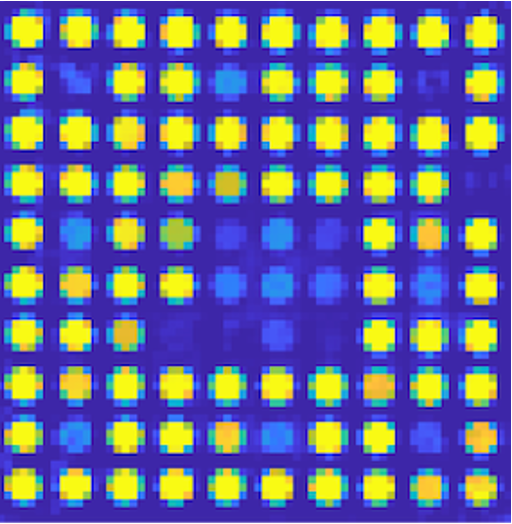Final information of disposed spent nuclear fuel with Finnish methods
The Radiation and Nuclear Safety Authority in Finland and the Helsinki Institute of Physics have jointly developed new ways of controlling spent nuclear fuel. These innovative methods are needed before the world's first spent nuclear fuel disposal facility can be commissioned in Olkiluoto, Eurajoki.

Before the spent nuclear fuel is finally taken out of the reach of humans and living nature, it must be measured accurately and reliably. It is necessary to make sure that the spent nuclear fuel enclosed in the final disposal canisters matches the information provided about it, i.e. includes, for example, all of the fuel rods declared. There must also be a way to keep the measurement results safe so that they will remain accessible and understandable to people for a very long time.
Research projects GOSSER and GOSSER II have developed measurement methods and a database for storing the data. The GOSSER project started in 2015 and ended in 2018, GOSSER II was implemented in 2019–2023.
The projects have designed measurement equipment and built software for the analysis of the measurement results, as well as developed inspection criteria for the safeguards of spent nuclear fuel in their final disposal. The projects were carried out in close cooperation with the International Atomic Energy Agency (IAEA) and the European Commission. The objective is seamless cooperation between the IAEA, the Commission’s nuclear safeguards and STUK.
The methods used to measure the nuclear fuel to be disposed of are Passive Gamma Emission Tomography (PGET) and Passive Neutron Albedo Reactivity (PNAR). The former gives an accurate cross-sectional view of the fuel, showing the individual active fuel rods. The PNAR method provides additional assurance that the nuclear properties of the fuel are what they should be.
Riina Virta, researcher at the Radiation and Nuclear Safety Authority (STUK), says that it is very natural that new methods are being developed specifically in Finland, because this is the country where the final disposal of spent nuclear fuel here will begin as a world first. “Other countries will then be able to use the developed methods once they reach this stage in their own projects,” Riina Virta says.
Riina Virta states that scientific publications have been made in connection with the GOSSER projects and that the results have been presented at international conferences. Two Master’s theses and a doctoral dissertation have also been written on the project’s topics.
Posiva Oy, owned jointly by the nuclear power companies Fortum and TVO, is responsible for the final disposal of spent fuel from the Loviisa and Olkiluoto nuclear power plants and its safety.
Media contacts: +358(10) 850 4761


